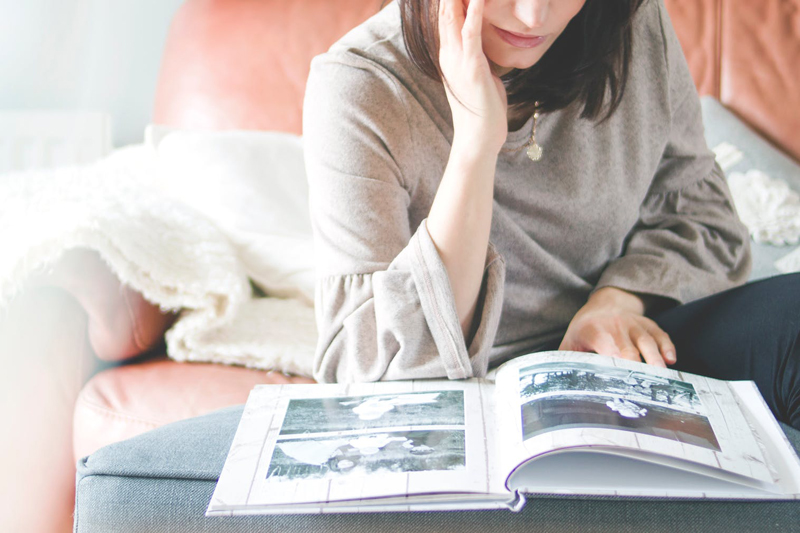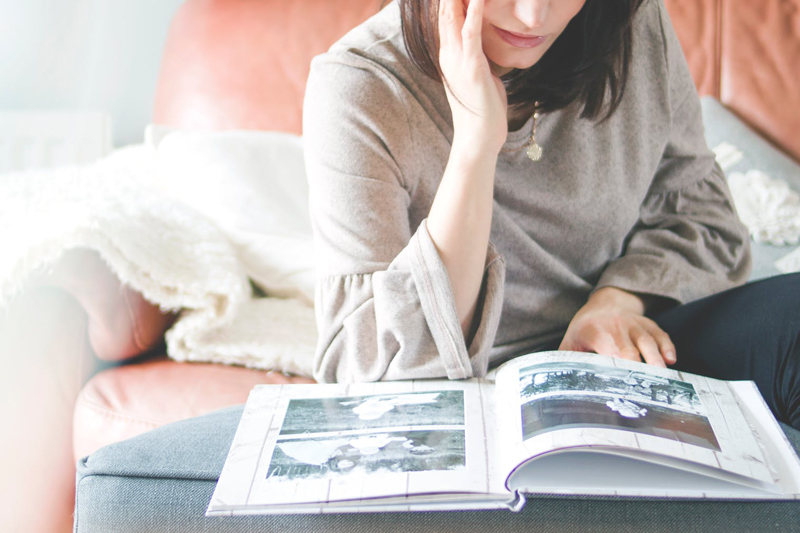Monochromatic Layouts

Monochromatic means using several shades of only one color for a layout.
If you are having trouble deciding on a color scheme with several different colors for your layout...Then just use one color!
A monochromatic layout is very attractive. It is eye-catching and also can look elegant. It is particularly effective with black and white photos.
So where do you begin? First of all you are going to want to choose the color main color of your layout. Choose a color that compliments the shades in the photos you are using. And once you choose a color, choose shades of the color that compliment one another. In other words if you are thinking PURPLE... then do not use a blaring GRAPE purple with a subtle PLUM purple.
Next, sort through all your papers and choose the ones that contain your chosen color. Even patterns and prints can work for this, just be sure that your chosen color is dominant.
A good tip to remember when doing monochromatic layouts is to follow the gallon, quart, and pint rule. If you have three different papers or cardstocks in your color choices make sure you use a “gallon” of the color you want to dominate the layout. This could be the background of your entire layout, or just the paper/color you use the most of on your layout. Pick your secondary shade and use a “quart” of it. Your last color choice will be the one you use the least of. It could be in the accent pieces or embellishments; a little bit can go a long way in monochromatic layouts.
Another tip is to place your papers in order of intensity or darkness. You can go either way with this. Your main color could be light and your secondary choices darker, or your main color could be dark and your other papers lighter in intensity. There are no hard and fast rules when making monochromatic layouts.
Monochromatic layouts don't have to be boring and plain. You can spice them up by implementing the “rules” I have mentioned and playing around with different pattern and print choices.
Don't be afraid to add in a touch of extra color.
If you are having trouble deciding on a color scheme with several different colors for your layout...Then just use one color!
A monochromatic layout is very attractive. It is eye-catching and also can look elegant. It is particularly effective with black and white photos.
So where do you begin? First of all you are going to want to choose the color main color of your layout. Choose a color that compliments the shades in the photos you are using. And once you choose a color, choose shades of the color that compliment one another. In other words if you are thinking PURPLE... then do not use a blaring GRAPE purple with a subtle PLUM purple.
Next, sort through all your papers and choose the ones that contain your chosen color. Even patterns and prints can work for this, just be sure that your chosen color is dominant.
A good tip to remember when doing monochromatic layouts is to follow the gallon, quart, and pint rule. If you have three different papers or cardstocks in your color choices make sure you use a “gallon” of the color you want to dominate the layout. This could be the background of your entire layout, or just the paper/color you use the most of on your layout. Pick your secondary shade and use a “quart” of it. Your last color choice will be the one you use the least of. It could be in the accent pieces or embellishments; a little bit can go a long way in monochromatic layouts.
Another tip is to place your papers in order of intensity or darkness. You can go either way with this. Your main color could be light and your secondary choices darker, or your main color could be dark and your other papers lighter in intensity. There are no hard and fast rules when making monochromatic layouts.
Monochromatic layouts don't have to be boring and plain. You can spice them up by implementing the “rules” I have mentioned and playing around with different pattern and print choices.
Don't be afraid to add in a touch of extra color.

Related Articles
Editor's Picks Articles
Top Ten Articles
Previous Features
Site Map
Content copyright © 2023 by Michelle McVaney. All rights reserved.
This content was written by Michelle McVaney. If you wish to use this content in any manner, you need written permission. Contact Michelle McVaney for details.



